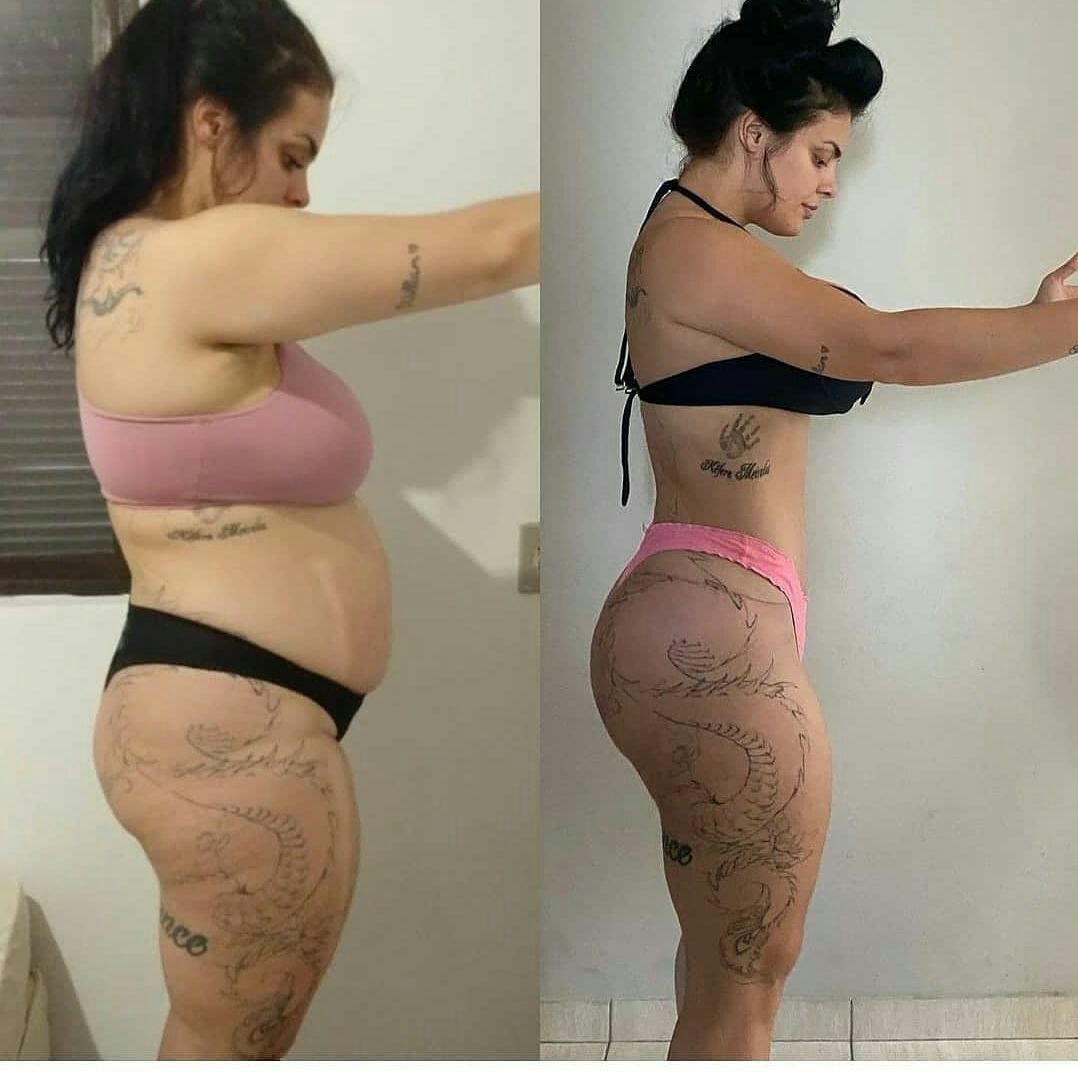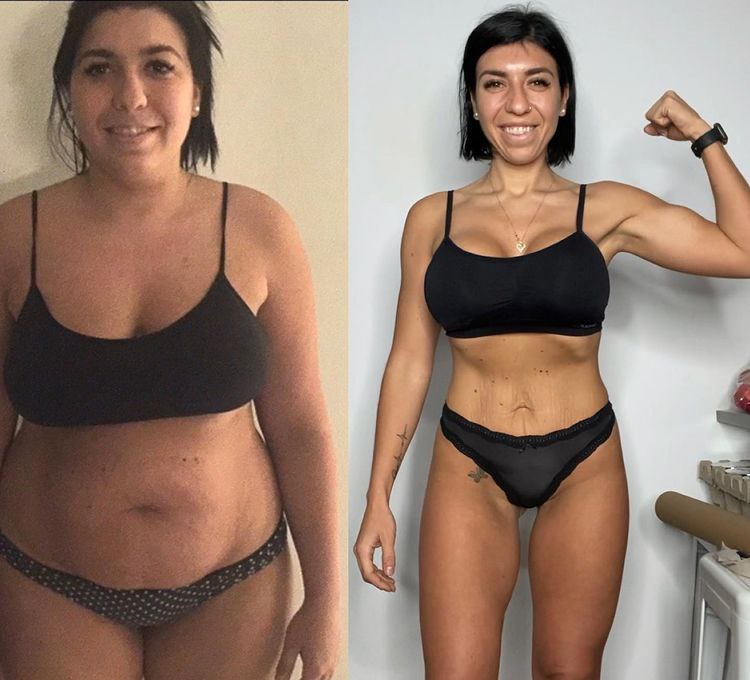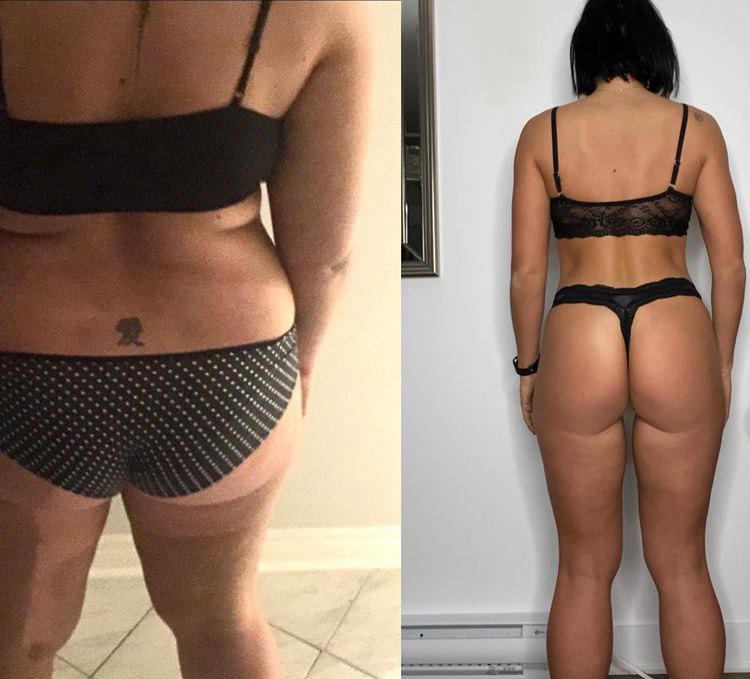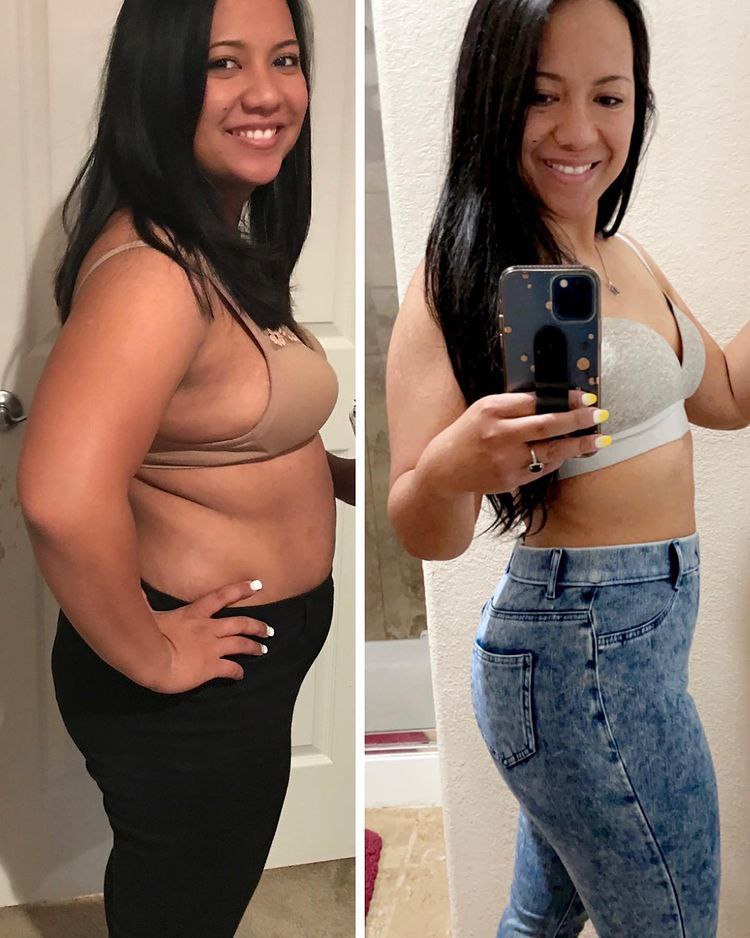Introduction
We’ve all been there—wanting to shed a few extra pounds quickly for an upcoming event or simply to kickstart a healthier lifestyle. The question is, can you really reduce weight in 10 days? The short answer is yes, but it requires discipline, smart planning, and realistic expectations. While it’s not healthy to aim for extreme weight loss, you can set achievable goals that not only help you look better but also feel better. This guide will walk you through how to lose weight in 10 days with sustainable, effective strategies that focus on healthy eating, exercise, and lifestyle changes.
Understanding Weight Loss Basics
What Contributes to Weight Gain?
Weight gain is often a result of a combination of factors, including poor dietary choices, lack of physical activity, stress, and inadequate sleep. A sedentary lifestyle coupled with high-calorie, nutrient-poor foods often leads to gradual weight gain over time. To reverse this, you need to focus on balancing your calorie intake with calorie expenditure and addressing any underlying habits that contribute to overeating or inactivity.
The Science Behind Weight Loss
At the core of every weight loss plan is the concept of caloric deficit. This means you must consume fewer calories than your body burns daily. When you achieve a caloric deficit, your body turns to stored fat for energy, leading to weight loss. Your metabolism—how efficiently your body burns calories—also plays a role. By boosting your metabolism with exercise and nutrient-dense foods, you can speed up the weight loss process.
Setting Realistic Expectations
What is Achievable in 10 Days?
A healthy and sustainable goal for weight loss is about 1 to 2 pounds per week. In 10 days, that equates to around 1.5 to 3 pounds. However, with a dedicated approach involving dietary changes and increased exercise, it’s possible to lose up to 5 pounds or more, especially if you include water weight loss. Keep in mind that rapid weight loss primarily involves shedding water and glycogen, and maintaining muscle mass is key to long-term success.
Avoiding Unrealistic Crash Diets
While it might be tempting to try extreme diets that promise to help you lose 10 pounds in a week, these can do more harm than good. Crash diets often deprive your body of essential nutrients, leading to muscle loss, fatigue, and even a rebound effect where you gain back the lost weight once you return to regular eating.
Designing Your 10-Day Weight Loss Plan
Creating a Calorie Deficit
To lose weight, you need to burn more calories than you consume. First, calculate your daily caloric needs based on your age, gender, and activity level. Then aim to reduce your intake by 500 to 1,000 calories per day, which is a safe and effective way to achieve a calorie deficit without starving yourself.
Planning Balanced Meals
Your meals should include a balance of lean proteins, healthy fats, and complex carbohydrates. Protein helps you feel full and maintains muscle mass, while healthy fats, like those from avocado and nuts, support metabolism. Complex carbs, such as sweet potatoes and brown rice, provide long-lasting energy. Don’t forget portion control—eating the right amounts is just as important as eating the right foods.
Increasing Physical Activity
To accelerate fat loss, increase your daily physical activity. Cardio workouts like running, swimming, or cycling burn calories quickly, while strength training helps tone muscles and boost metabolism. Aim for at least 30 minutes of moderate to intense exercise each day, alternating between cardio and resistance exercises.
Staying Hydrated
Water is your best friend when trying to lose weight. Not only does it help flush out toxins and reduce bloating, but staying hydrated also curbs hunger. Aim to drink 8-10 glasses of water a day and reduce your intake of sugary drinks or alcohol.
Day-by-Day Guide for 10 Days
Day 1-3: Cleansing and Prepping
Start by cutting out all processed foods, sugary drinks, and high-carb snacks. Focus on natural, whole foods like vegetables, fruits, and lean proteins. This phase acts as a detox, allowing your body to flush out excess water weight.
Day 4-7: Kick-starting Your Metabolism
Begin your mornings with a workout to boost your metabolism. Opt for high-intensity interval training (HIIT) or brisk walking. Eat small, frequent meals throughout the day to keep your metabolism active.
Day 8-10: Staying Consistent
Stay focused! Avoid late-night snacking, keep exercising, and be mindful of portion sizes. By this point, you should start noticing some results. Continue with the same discipline and consistency for lasting changes.
Best Foods for Rapid Weight Loss
Protein-Rich Foods to Keep You Full
Lean meats, eggs, and tofu are excellent choices that help maintain muscle while burning fat.
Fiber-Rich Vegetables and Fruits
Vegetables like spinach, kale, and broccoli are low in calories but packed with fiber, which helps you stay full longer. Add fruits like berries for a sweet treat that won’t spike your blood sugar.
Healthy Fats that Boost Metabolism
Incorporate avocado, olive oil, and nuts into your diet to keep your metabolism running efficiently.
Low-Calorie Snacks to Curb Hunger
Try raw veggies, almonds, or yogurt to satisfy cravings without adding extra calories.
Exercises to Burn Fat Fast
**High-Intensity Interval Training (HIIT)









